An astrophotographer has revealed the brilliant pictures of space he’s been taking right from his backyard.
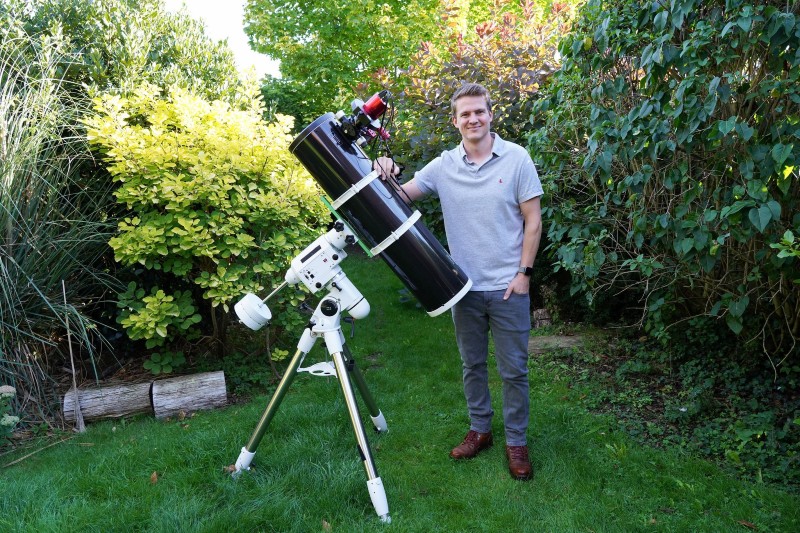
England’s Russell Discommode has always loved taking photos of the cosmos, but it was because of the lockdown that he was really able to devote himself to his passion.
Russell, from Cirencester in Gloucestershire, recently bought a star tracker and telescope to locate “deep sky” objects—some up which are up to 50 million light-years away.
He then used a special astrophotography camera to capture anything he spotted, producing some out-of-this-world images.
Russell said, “I have always loved astrophotography, however, the majority of my images have been wide angle landscapes of the Milky Way.
“I started taking photos with my regular camera equipment and a cheap star tracker. I was instantly hooked and so decided to invest in a telescope, bigger star tracker, and an astro camera. The photos I have taken ranges from nebula such as the Orion Nebula, Elephant’s Trunk Nebula and the Heart Nebula to other galaxies such as the Bode and Cigar Galaxy and the Needle Galaxy.
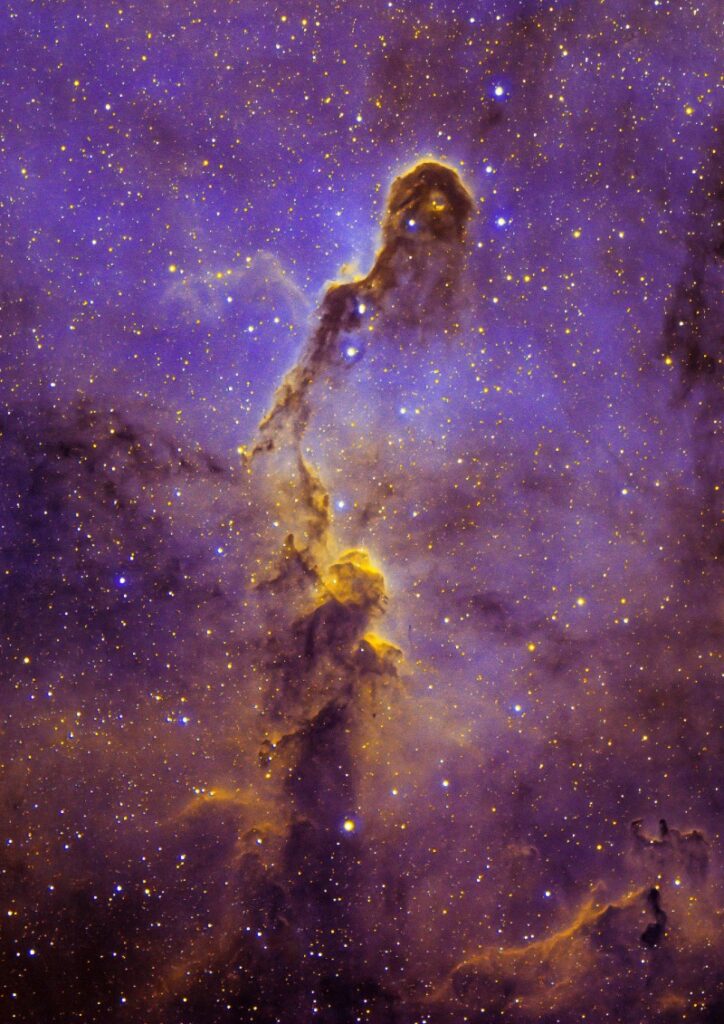
“The night sky fascinates me and it is alway amazing to see something and create an image that we can’t see with our eyes.
“It still blows my mind that the light leaving some objects and hitting my camera lens left the galaxy 30-500 million years ago.”
RELATED: Photographer Captures Dazzling Images of a Lightning Storm Dubbed the ‘Night of a Thousand Forks’
Are you ready to see the images Russell managed to capture from a patch of grass outside his home? Let’s take a look at some very, very far away places.
The space between the planets and stars is completely silent.
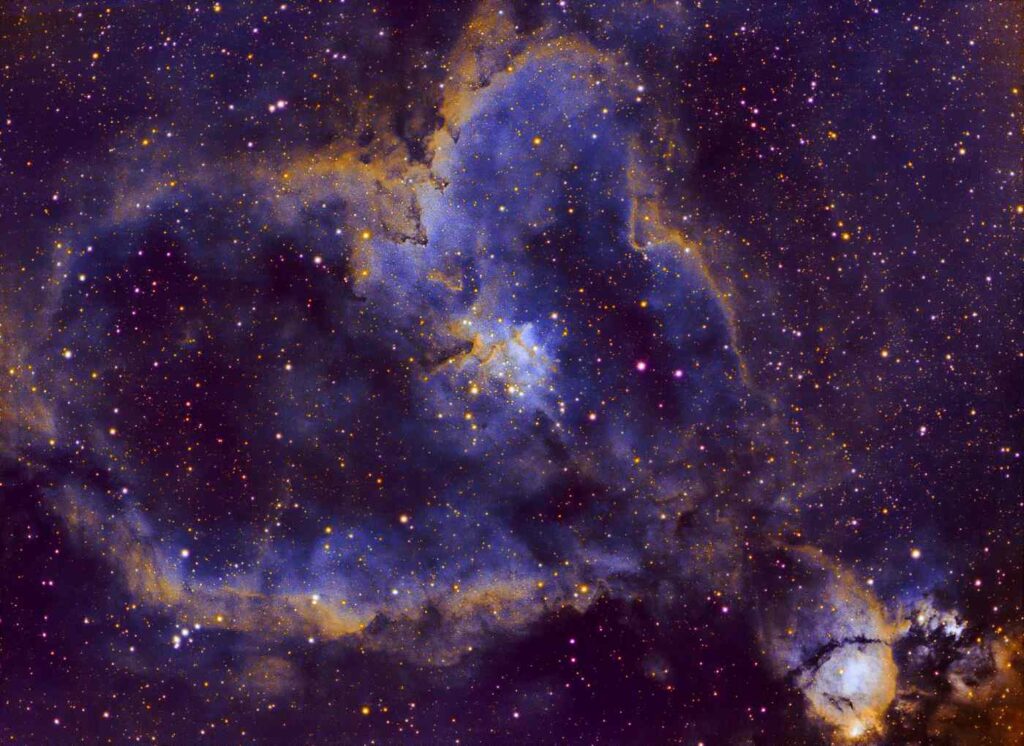
An Australian National University study has estimated the number of stars in the known universe at 70 sextillion. That’s 70,000,000,000,000,000,000,000.
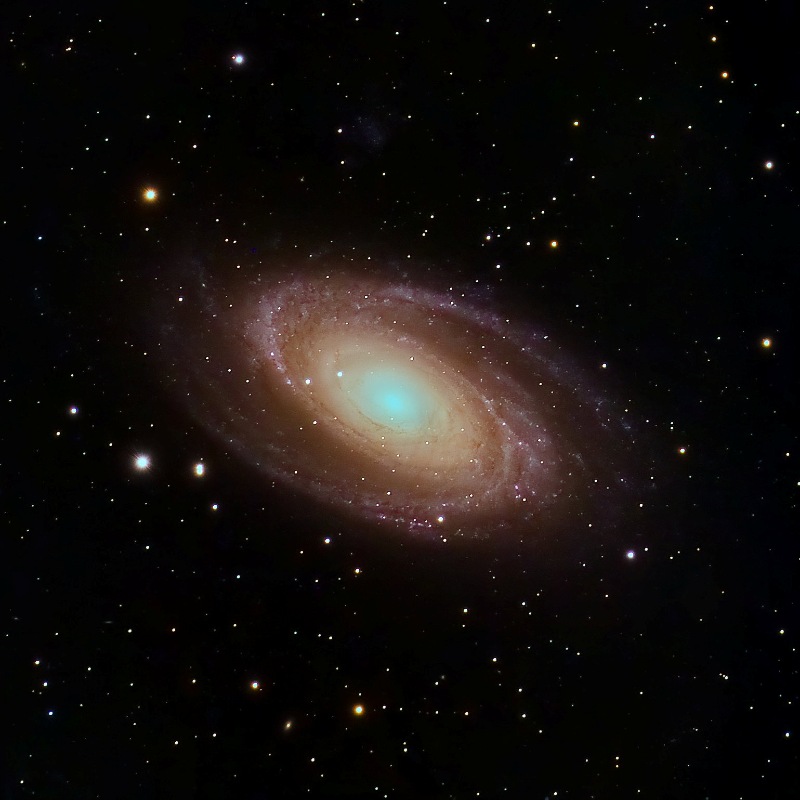
The biggest stars in the universe are also the shortest lived… and the most unstable.
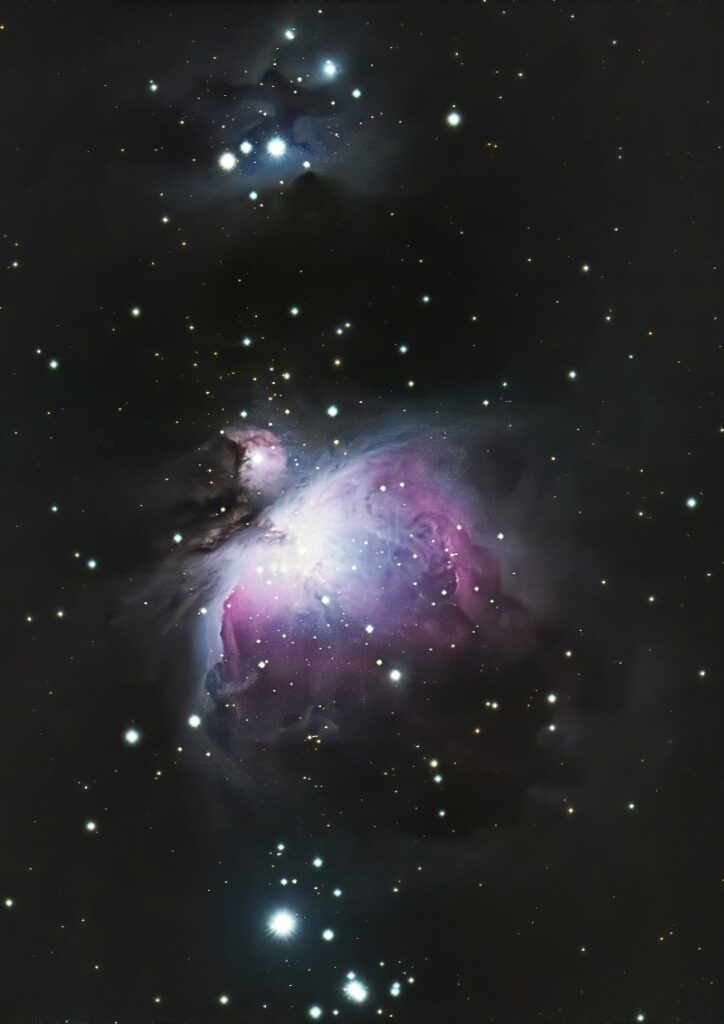
To take photos like these, a sky tracker helps. Also known as an equatorial mount, it matches the Earth’s rotation with long exposure images, helping you get crisp and clear photographs of the night sky.
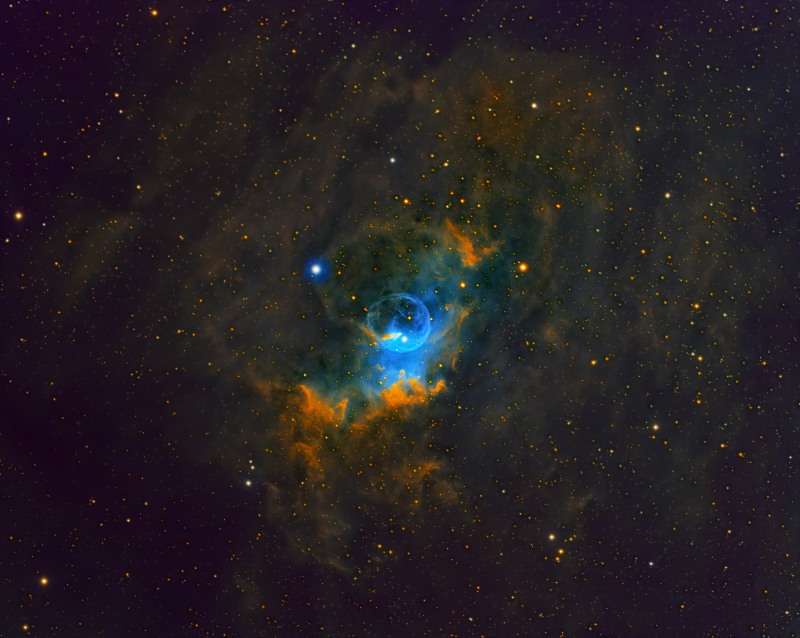
SHARE These Astonishing Deep Sky Images With Your Friends on Social Media…




















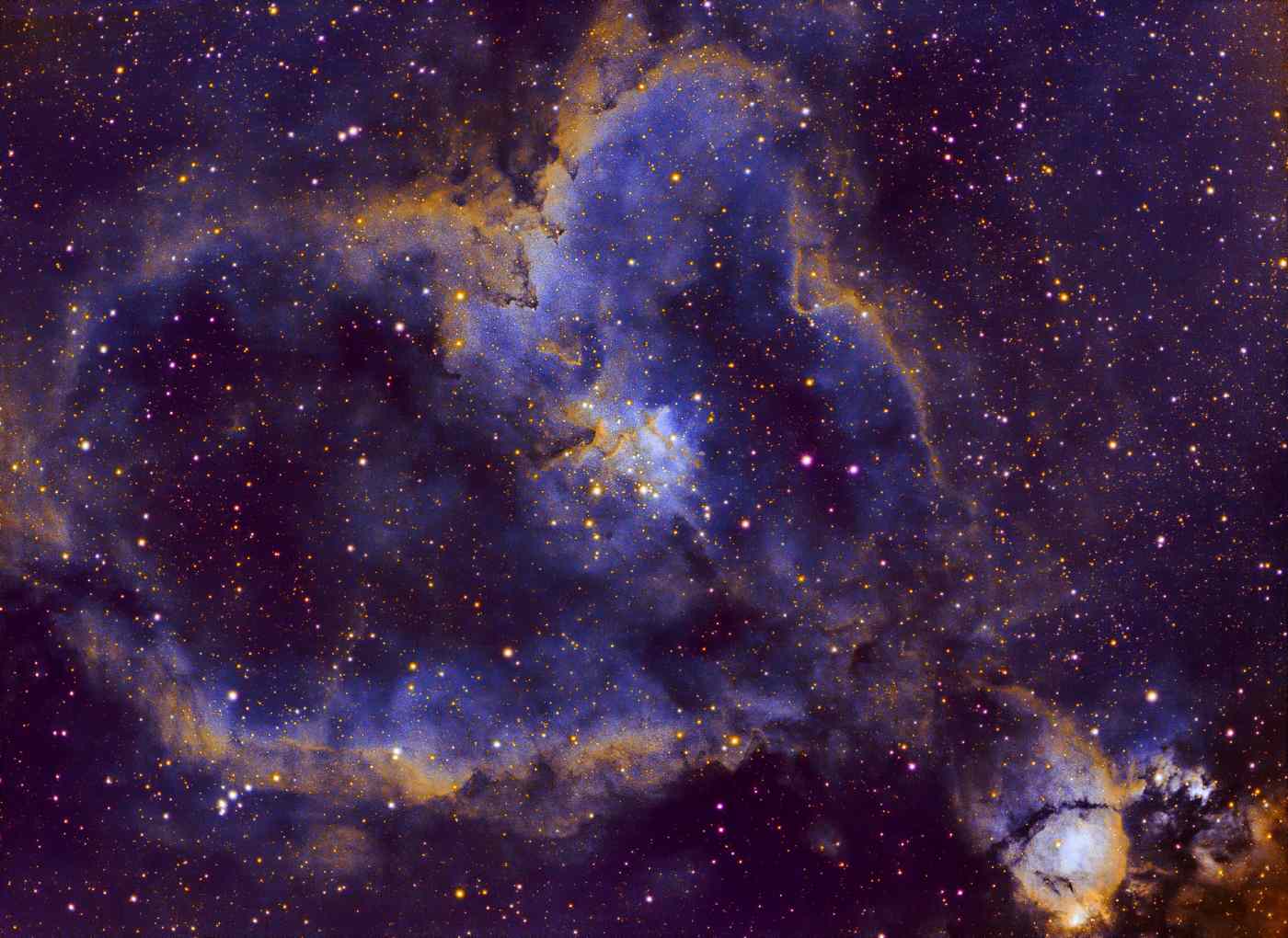
All I can say is, WOW!